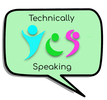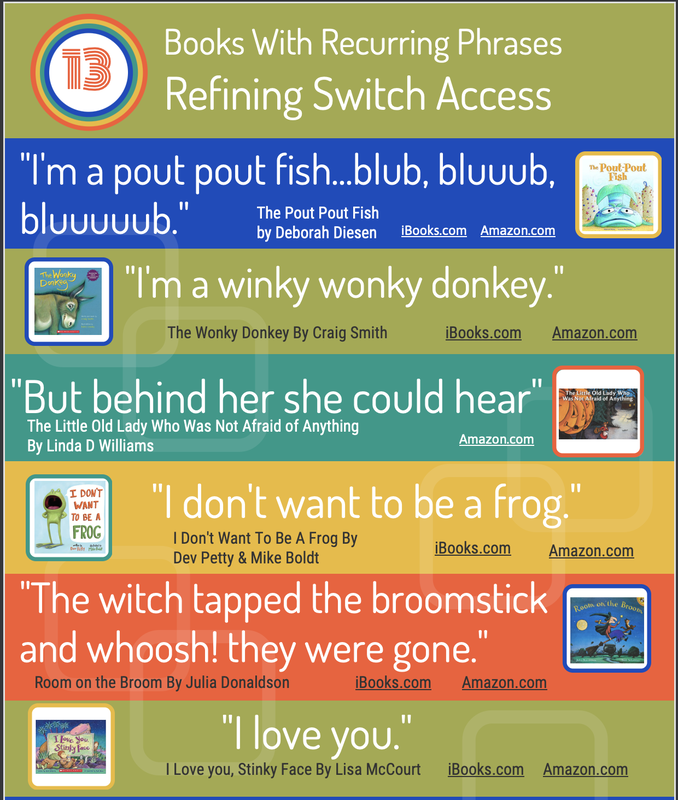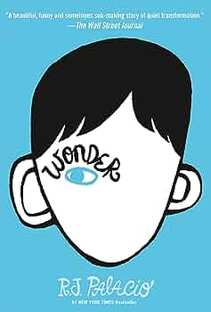Can AAC users learn to read and write?
YES! Absolutely yes. One of the biggest assumptions people make is that because someone uses AAC to communicate, it must mean that they do not have the skills to read and write. We are here to correct the narrative. ALL AAC users should have access to literacy instruction! An AAC user can never be a truly autonomous communicator until they have access to letters and spelling.
Four important aspects of literacy we'll focus on here:
Four important aspects of literacy we'll focus on here:
- Comprehension- demonstrating understanding
- First letter- identification and expression of initial letter sound awareness
- Phonemic Awareness- the ability to think about and manipulate sounds in words
- Vocabulary- expanding content knowledge and word repertoire
|
|
What does this look like with AAC? Check it out! Need a deeper dive on each of these four skills? Check out these YouTube videos: Comprehension First Letter Phonemic Awareness Vocabulary |
|
Do you have the GoTalk app? You can create virtually ANYTHING on this app, including literacy activities! Watch this video and try some of them out! |
Story Text and Active Participation
In many children's stories, there are recurring phrases throughout the pages. For example, "But he was still hungry", from The Very Hungry Caterpillar by Eric Carle. These books are excellent ways to increase awareness of words and sounds in text alongside participation through AAC.
Using a recordable mid-tech switch, record the recurring line from the text. When you start reading the story, pause every time that part of the story comes up, providing your AAC user the opportunity to "read" the text. This is a great way for them to be an active participant and show understanding of when the text appears in the book. It also helps them improve their switch access skills in activity with less of a "language load."
Here are some ideas for storybooks with recurring phrases that can be recorded onto a mid-tech voice output device.
Using a recordable mid-tech switch, record the recurring line from the text. When you start reading the story, pause every time that part of the story comes up, providing your AAC user the opportunity to "read" the text. This is a great way for them to be an active participant and show understanding of when the text appears in the book. It also helps them improve their switch access skills in activity with less of a "language load."
Here are some ideas for storybooks with recurring phrases that can be recorded onto a mid-tech voice output device.
...but what about the older emergent readers?
|
You're right! The stories above may not be the most appropriate fit for our older students. Age appropriate books often don't have recurring phrases like books for young children. So instead of recurring phrases, our goal is to create an age-appropriate shared reading experience. How do we do that? Instead of recording recurring phrases, we record questions and comments that contribute to the shared reading experience! These questions and comments improve interaction, create opportunity, and increase participation. Check out this graphic for ideas of what you can record. |







